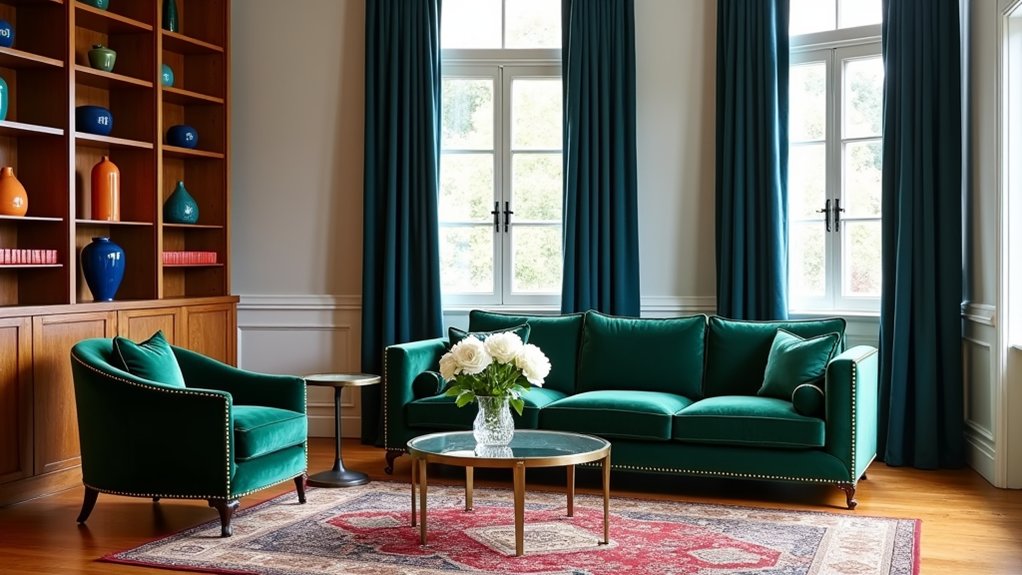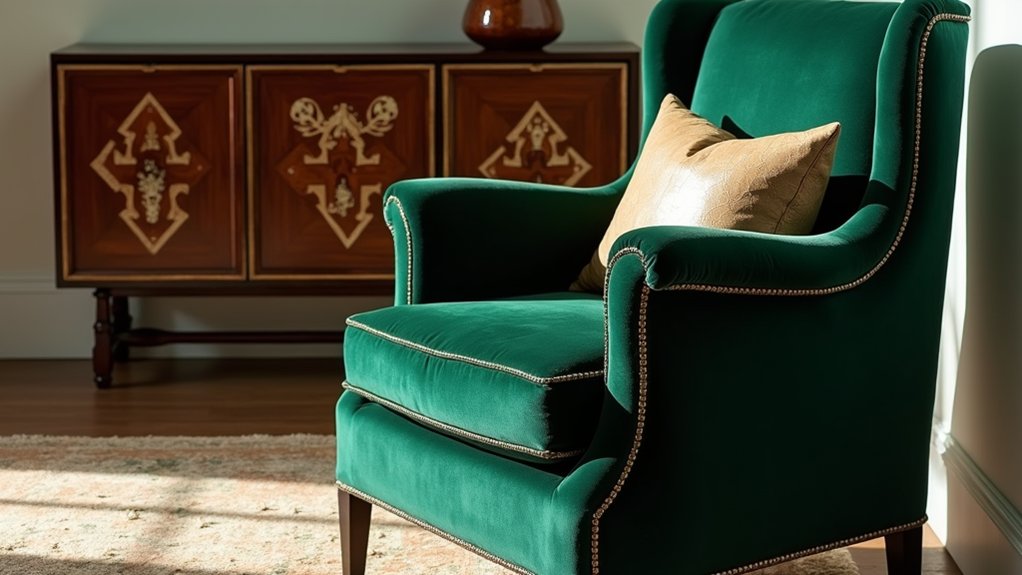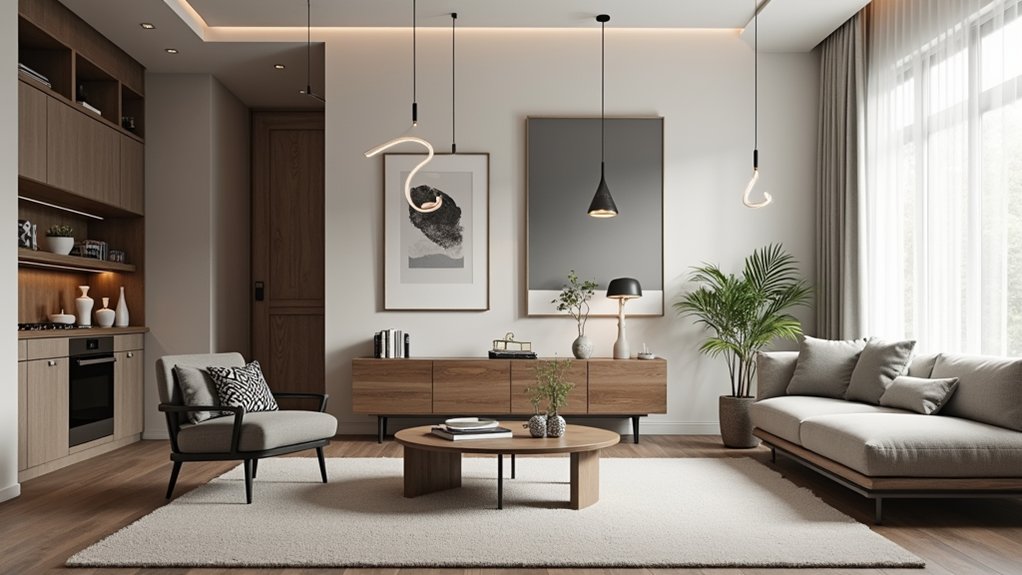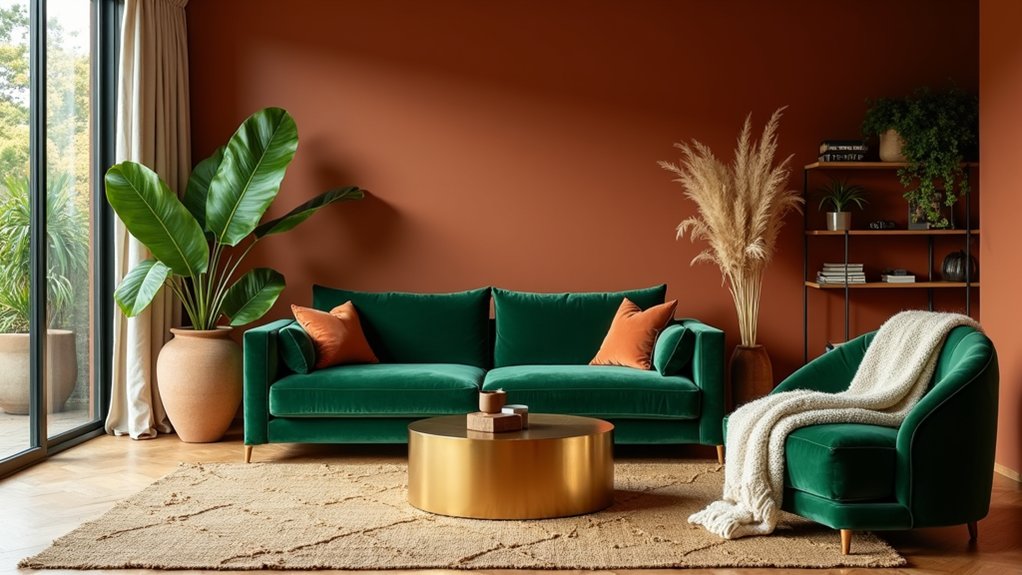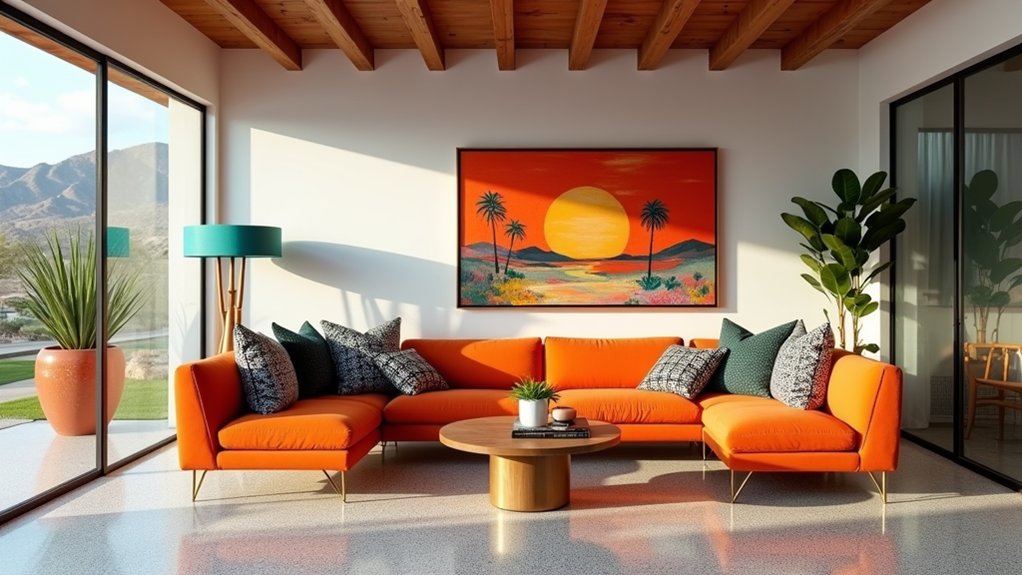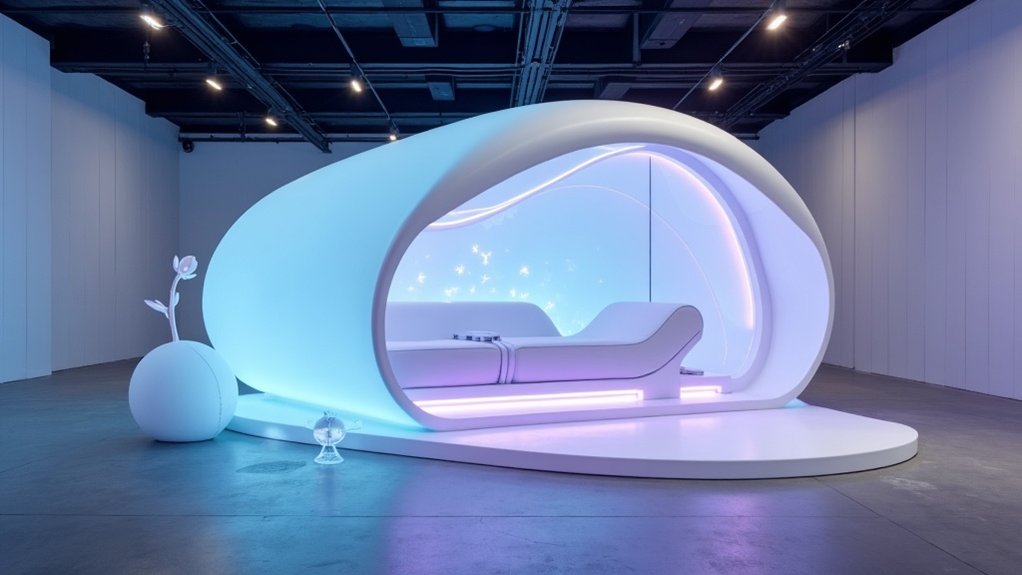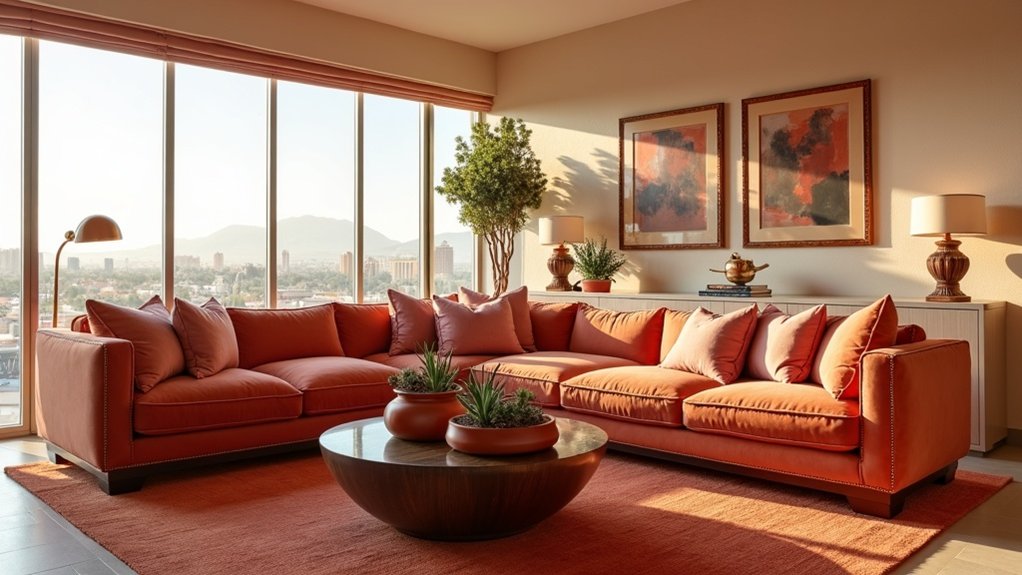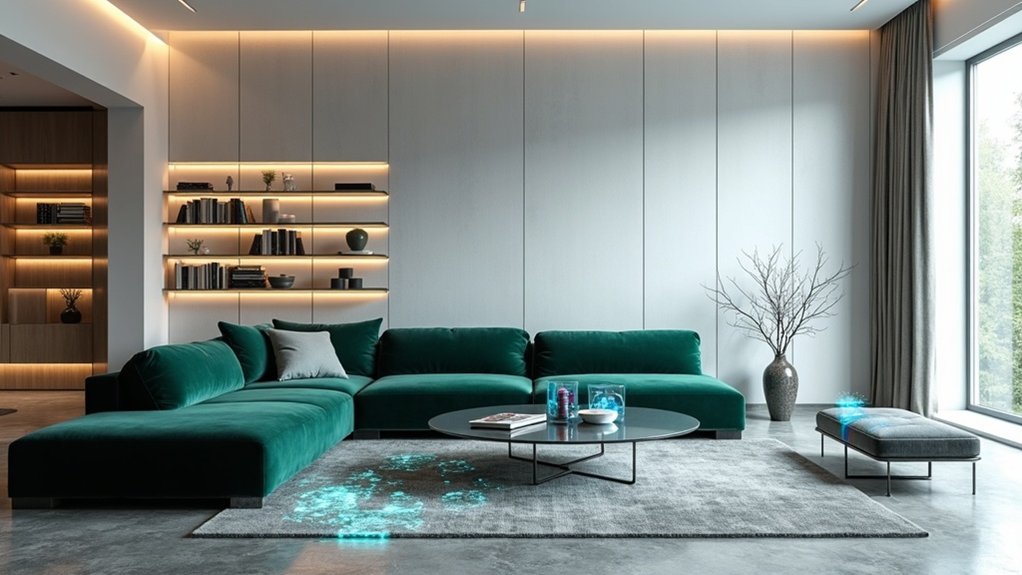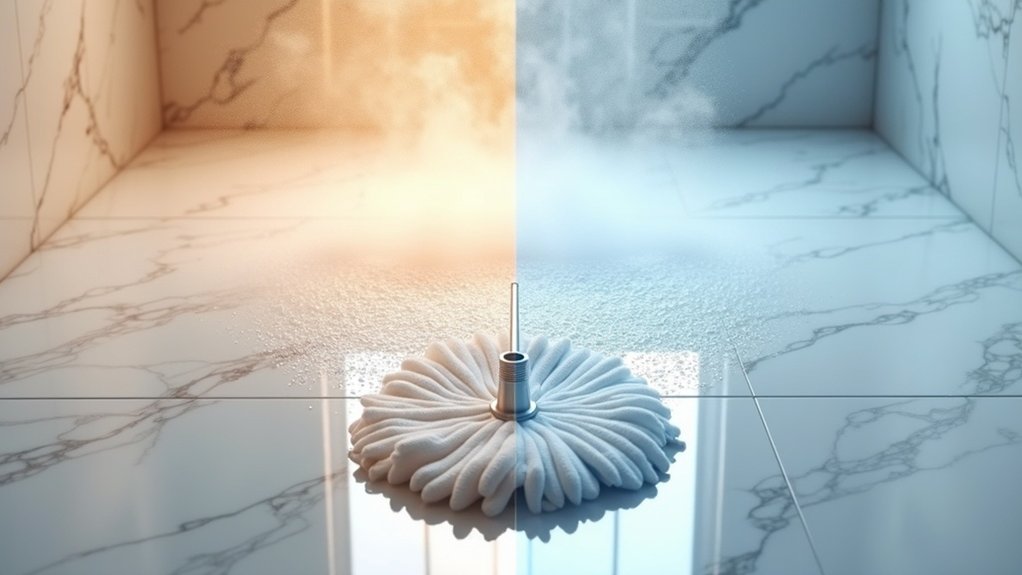While traditional design patterns have long served as the foundation for textiles, wallpapers, and surface decoration, the design terrain of 2025 marks a revolutionary departure from established conventions. Contemporary designers are boldly fusing classic motifs like polka dots and florals with experimental techniques, creating hybrid aesthetics that challenge visual expectations through mixed media and digital innovation.
Traditional patterns meet radical innovation as designers blend timeless motifs with experimental techniques, reshaping visual culture.
This transformation extends beyond mere stylistic choices. Artificial intelligence now personalizes and generates pattern variations that break conventional boundaries, while algorithmic design automates creation processes, enabling rapid exploration of unconventional aesthetics. These AI-driven tools free designers from repetitive tasks, empowering them to focus on pushing creative boundaries and developing truly innovative pattern concepts. As a result, the integration of sophisticated smart home features enhances the functionality of design patterns in modern living spaces.
Advanced printing technologies enable intricate, multi-layered patterns impossible with traditional methods, as enhanced reality introduces interactive experiences that blur the lines between digital and physical spaces.
Sustainability concerns are fundamentally reshaping pattern creation. Eco-conscious consumers drive adoption of recycled materials that introduce natural irregularities, challenging the uniformity designers once prized. Natural dyes and low-impact printing techniques produce muted, organic palettes that contrast sharply with synthetic predecessors.
Biophilic design integrates nature-inspired patterns to reconnect indoor environments with the natural world, while designers optimize arrangements to minimize waste. This approach aligns with the broader trend of people-centric design that emphasizes wellbeing and the impact of spaces on individuals.
The human element has become increasingly central to pattern development. Diversity and inclusion influence design choices, incorporating multicultural symbols and stories that reflect global perspectives. The craft renaissance spotlights hand-drawn, imperfect patterns over machine-made precision, emphasizing personal connection over mass production.
Community input now challenges the traditional notion of single-designer authority, democratizing the creative process.
Perhaps most striking is the emergence of anti-design movements that purposely disrupt harmony and balance. Scrapbook aesthetics encourage eclectic layering that defies minimalist traditions, while geometric motifs are distorted, multiplied, or merged in ways that break repetition rules.
Contrasting color stories and maximalist approaches challenge conventional color theory, creating patterns that provoke and intrigue.
This evolution represents more than aesthetic change—it signals a fundamental shift in how society approaches visual culture. By challenging tradition while honoring timeless classics, 2025’s design patterns reflect a world increasingly comfortable with contradiction, complexity, and continuous reinvention.
